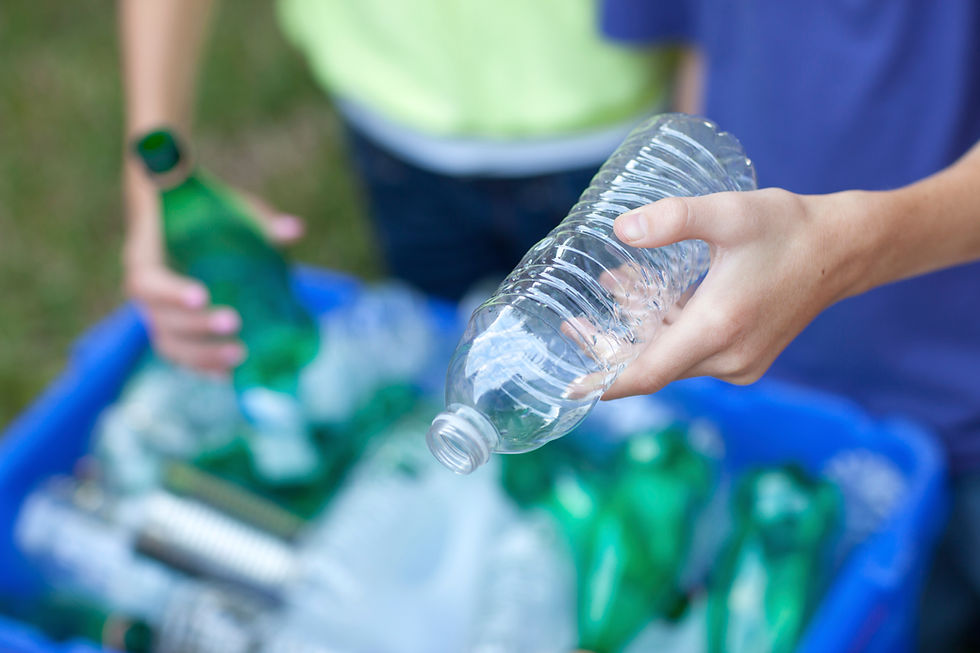Recycled fabrics are becoming a growing movement utilising recycled wool, cotton and synthetic fabrics for design. For example, recycled polyester – uses up to half as much energy to make and saves plastic from landfill. Every fabric can be recycled; the common fabrics being recycled include cotton and polyester. It is important to recycle clothes as according to WRAP (The Waste and Resources Action Programme) estimated around £140 million worth of clothing goes into landfill each year. This is an alarming amount of clothes and currently the textile industry accounts for 10% of the global carbon emissions. It is predicted by 2050 fashion will use 25% of the world's carbon budget becoming the 2nd biggest industry for carbon pollution; oil being the biggest polluter.
Organisations are being set up to recycle items that can become textiles are becoming well known. One well known company, Seaqual, collects recycled materials including post consumer plastic bottles and plastic captured from the sea and creates recycled polyester yarn from the byproduct. 50% of all fibres used for textiles are made from non-renewable fossil fuels, the environmental and social impact of the fashion industry is significantly increasing and doesn’t look to be slowing down. GRS (Global Recycled Standard), is the certificate that is given to companies that verify they use fabrics that are recycled and procure fabrics that are all recycled fabrics. The most common recycled material is plastic bottles to create recycled polyester yards. Recycling textiles have the benefits of using 70% less energy, 75% less CO2 and 86% less water being used when recycling fabrics. Recycled polyester uses half as much energy to make and save plastic from landfill. Recycled polyester is the most popular textile that is recycled and purchased from suppliers.RPET is used in popular clothing items such as, collared long-sleeve shirts, tracksuits, tote bags and Hi-Vis jackets. They are becoming extremely popular within the fashion industry and the likes of Stella McCartney are using recycled and organic fabric in her clothes that she produces.
How is RPET fabric made and collected:
1) Plastic bottle collection: This is mainly from oceans
2) Plastic bottle baling: Crushing it into boxed for easier transportation
3) NIR (infrared sorting): Passed through sorting machines so that anything that isn’t plastic is removed as anything that is wrongly slips through the net will affect the quality of the final product.
4) Colour sorting: The plastic bottles are divided into what colour they are. If coloured PET bottles are left with the clear ones the final colour of the fabric produced would be affected.
5) Flake chopping and washing: The plastic bottles are crushed into small flakes by cutting machines. The flakes now pass through a liquid solution to remove any remaining impurities leaving behind clean, pure PET flakes.
6) Fibre extrusion: After drying, the flakes are stretched out and then chopped into small pieces known as PET pellets.
7) Yarn spinning and garment manufacturing: These pellets are now passed through a “spinneret” that heats and then stretches the pellets into very fine string-like fibres. The fibres are tied together to create a polyester yarn. The fibre will be smoothed, stretched out and placed on a large reel, ready to be sent to a fabric producer to create a final product.
8) Plastic Bottle Collection: Finally, the factory manufacturer will receive the RPET reels and apply any dye or finishes they need to make their garment.




Comments